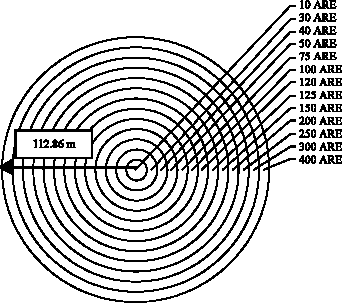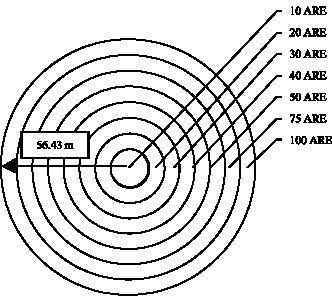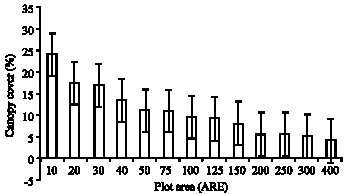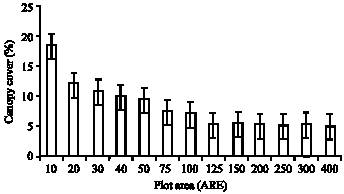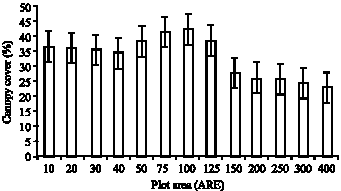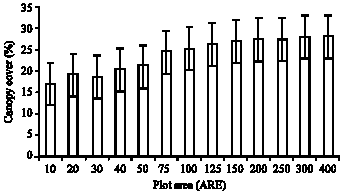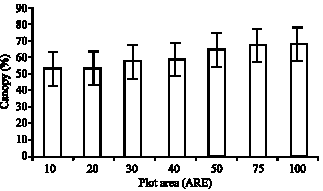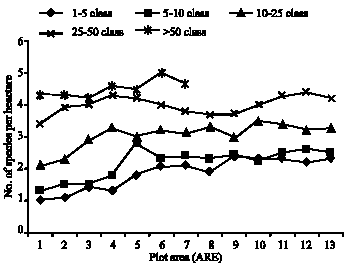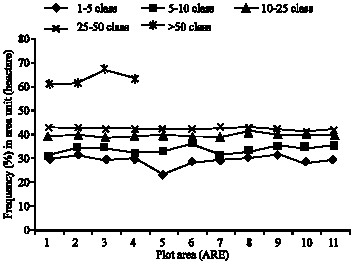Research Article
An Appropriate Plot Area for Analyzing Canopy Cover and Tree Species Richness in Zagros Forests
Department of Forestry, Faculty of Natural Resources, University of Mazandaran, P.O. Box 737, Badeleh, Sari, Iran
Asghar Fallah
Department of Forestry, Faculty of Natural Resources, University of Mazandaran, P.O. Box 737, Badeleh, Sari, Iran
Yahya Kooch
Department of Forestry, Faculty of Natural Resources, University of Mazandaran, P.O. Box 737, Badeleh, Sari, Iran









